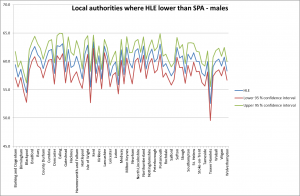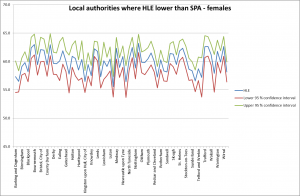The response to the consultation on the Budget pension proposals has much to welcome in it. The Government appears to have listened to the arguments that their concerns about the impact on financial markets of the reforms bordered on paranoia, and have agreed to continue allowing private sector defined benefit schemes and funded public sector schemes to process transfers. They have committed to continuing to consult on the idea of extending the new freedoms to defined benefit schemes themselves, which would avoid the need for a lot of expensive fee-generating transfers into defined contribution arrangements.
And yet. The section on the guaranteed guidance suggests that, despite the opinions expressed in the consultation, the Government is still primarily focused on guidance “at the point of retirement” despite the probability that this is likely to become just one of the criticial retirement phases following these reforms. And the reform of pensions legislation seems overly concentrated on facilitating innovations in annuities rather than allowing the level legislative playing field between different forms of pension provision that would be required to prevent the death of defined ambition.
But the real problem I have with the consultation response concerns the minimum pension age. A point i have made before. Currently 55, the Government has decided to increase this to 57 by 2028. I think this is a mistake. Why promote freedom in the form you take your benefits but not when you take your benefits?
And the need for this freedom is evident. The latest Office of National Statistics (ONS) release on healthy life expectancy at birth by local authority suggests that, in many areas, this may condemn people to work until they are sick.
Here is the graph for males in local authorities where the healthy life expectancy (HLE) is less than the state pension age (SPA):
And the equivalent graph for females:
For each local authority area you need the red line to be above the minimum pension age to be 95% sure the average member of its population is able to retire, even if only partially, in good health. For the males, Blackburn, Blackpool, Islington and Tower Hamlets already have red lines below a minimum pension age of 55. Increase this to 57 and the number of red lines below multiplies alarmingly. And this is just an average – many will have life expectancies well below this.
Of course we assume life expectancy will increase between now and 2028, but healthy life expectancy? One of the problems is that it has not been measured for very long, and there have been disagreements about how it should be measured. As the King’s Fund shows, in 2005 a change to the methodology caused healthy life expectancy to plunge by 3 years, suggesting a rather optimistic approach previously. The ONS methodology is set out here.
It seems clear to me that there is sufficient doubt around how long people around the UK are expected to remain in good health for the Government to pause before raising the minimum pension age. After all we already know how those in ill health are likely to be treated if they try to claim they can’t work.
At times it all sounds like the joke about the visitor to Hell being shown by their PR department how the bad press had been much exaggerated. There were concerts on Wednesday afternoons and coffee mornings on Fridays, the manure was only ankle deep in many places and the eternal flames were optional. However, on accepting his place for eternal damnation, another senior devil he had never seen before walked in to announce “Ok, tea break’s over. Back on your heads!”
It would seem that tea break is over.



